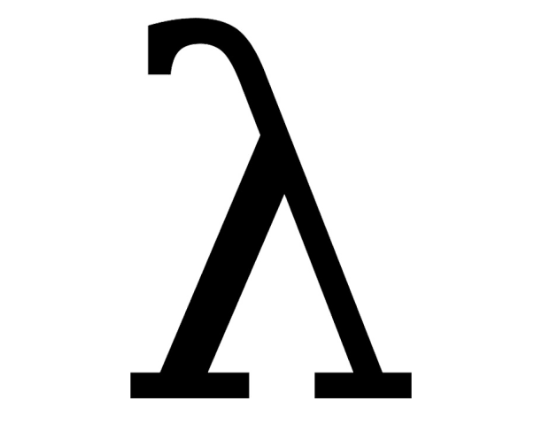
Recently I came across this problem where you have to write a function that takes initial value and n number of functions. The initial value is then passed as parameter to the first function which then returns a value that is passed as parameter to the next function and so on. At the end this compose function returns one value.
Lets look at this problem
var doubleTheValue = function(val) { return val * 2; }
var addOneToTheValue = function(val) { return val + 1; }
compose(5, doubleTheValue, addOneToTheValue) // should === 11So we pass 5 as the initial value which is first doubled then the return value is passed to addOneToTheValue and then return 11 as the answer.
This compose function is a higher order function that takes other functions as arguments and converts them to array of functions and then executes them in order from left to right or right to left reducing them to a single value in the end.
In order to solve this reduce functions are very handy. With the help of reduce we can apply function to each element of an array usually.
const compose = (initvalue, ...funcs) => funcs.reduce((a,f)=> f(a),initvalue)Here we define our compose function that takes parameters initvalue and n number of functions using spread (...) operator. Then we use arrow function that returns and runs a reduce function on every function f() where a is accumulator that keeps a tally of functions calculations which gets passed as parameter to the next function in ...funcs array. The last value initvalue is the initial value that we have to pass to the reduce function which is 5.
console.log(compose(5, doubleTheValue, addOneToTheValue))
//Output 11The order of solving the problem in our compose function is left to right which is also called piping. However we can also execute the compose function in the opposite order that is right to left which is true composition f(g(x))(here value of g(x) is passed to f()). To do so we can use reduceRight function which executes addOneToTheValue and then doubleTheValue function.
const compose = (initvalue, ...funcs) => funcs.reduceRight((a,f)=> f(a),initvalue)
console.log(compose(5, doubleTheValue, addOneToTheValue))
//Output 12reduce gives out 11
reduceRight gives out 12